#風と木��詩
Explore tagged Tumblr posts
Text


Last year's postcards that my friend sent to manga fans. It is no longer relevant, so I can post the full version. And this year there will be new art🤲
271 notes
·
View notes
Text

intertwined, sewn together.
#風と木の詩#kaze to ki no uta#gilbert cocteau#serge battour#my art#art#original art#digital art#digital painting#vintage shoujo#vintage manga
143 notes
·
View notes
Text











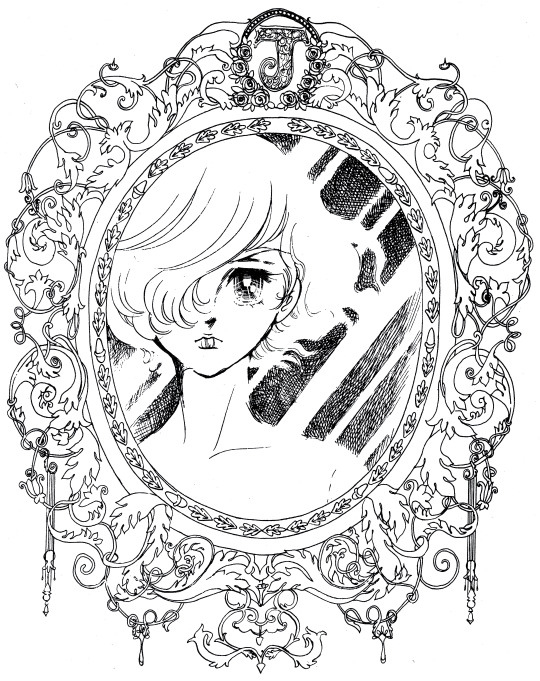


















Keiko Takemiya Art Collection 1980 Self Scanned: 1000dpi Download: http://bit.ly/3WbXN6I #KazeToKiNoUta #風と木の詩
Download Zip File ALL 85 Files:
375 notes
·
View notes
Text
A short Takemiya Keiko interview from 1998
My "All Things Takemiya" detective friend, Platypus, provided me with a two-page Takemiya Keiko interview scanned by @97tears from the now discontinued Hato yo! (鳩よ! - Oh, Pigeons!) magazine. It was a literary magazine published between 1983 and 2002—a publication you probably wouldn't look at if you were searching up on Takemiya, ig.
You can see the Japanese original taken from the 1998 April issue of the magazine, and my (poor) translation of it under the cut.
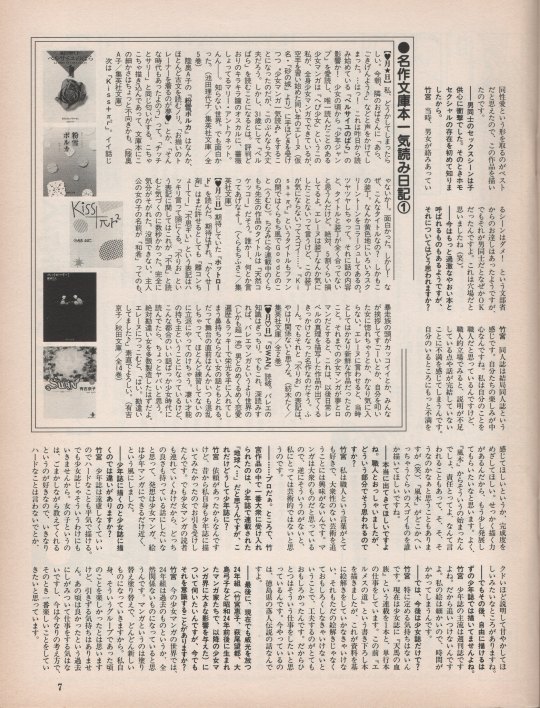
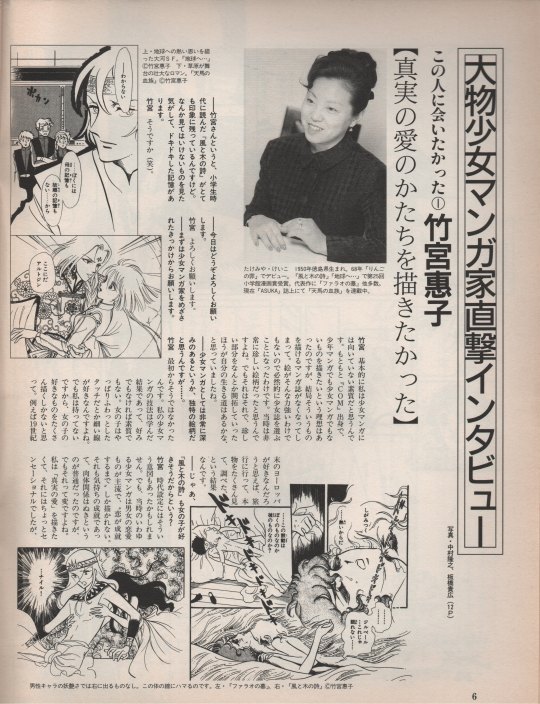
Takemiya Keiko Interview from issue #4 of Hato yo (1998)
An interview with a master mangaka herself!
I’ve always wanted to meet them! 1 – Takemiya Keiko
“I wanted to draw real love”
Takemiya Keiko. Born in Tokushima in 1950. Debuted with “Ringo no Tsumi” in 1968. Won the 25th Shogakukan Manga Award with “Kaze to Ki no Uta” and “Terra e.” Representative works include “Pharaoh no Haka” among others. “Tenma no Ketsuzoku” is currently being serialized in Asuka Magazine.
I read “Kaze to Ki no Uta” during elementary school. It has left a very deep impression on me. I remember that when Ms. Takemiya is mentioned. It was like I was looking at something I was not supposed to look, and I still remember the thrill I felt. Takemiya: Oh, is that so? (laughs)
Thank you so much for being with me today. Takemiya: And thank you for having me.
Shall we start with what prompted you to become a shoujo manga artist? Takemiya: Fundamentally, I was not suited for shoujo manga. I debuted in COM, and my dream was to draw manga that was neither shounen nor shoujo. But alas, the magazine in which I could draw my ideal manga was no more. My style didn’t have much “power” in it, so I inevitably had to choose a shoujo manga magazine. I think my art style was really uncommon at the time. But it was what it was, and I thought to myself, maybe capitalizing on that was the path I should take.
Your works have an extraordinary depth as far shoujo manga goes... They have a unique art style... Takemiya: It hasn’t always been like that. My shoujo manga technique was the fruit of what I have studied. It was not a result of my personal taste, nor my innate skills. Girls like that feathery, light touch. They like fine lines. But I didn’t have any of those. So, I figured drawing things girls would like a lot was my only choice. For instance, when I thought how they must like Europe at the end of the 19th century, I went on a trip as a result. I saw the real thing at its source, and did research on it.
Then was Kaze to Ki no Uta born because you thought girls would like it? Takemiya: That might have played into my choice of the time period the story’s set in. However, romance stories between a boy and a girl was the norm in shoujo manga at the time. You could only draw “And they lived happily ever after...” stories. And that happiness was only on the emotional level. It was normal to exclude all physical contact. But that is simply “affection.” I wanted to draw “real love.” I admit it was a little too sensational, but I thought doing it through same-sex love was the best way to go about it. That’s how I drew Kaze to Ki no Uta.
The sex scenes between men were quite a shock for me as a little child. That’s how I learned homosexuality existed. Takemiya: At the time, there was an official notice published by the Ministry of Education that stipulated that “You shall not draw a boy and a girl getting intimate!” However, if it was two boys, things were somehow fine... I thought I’d found a loophole! (laughs)
These days, there are more extreme books labeled as “yaoi.” What do you think about them? Takemiya: At the end of the day, doujinshi are doujinshi. They focus on personal enjoyment of a group. I consider myself a “craftsman,” and if I look at it from a craftsman's standpoint, I am not wholly satisfied with how they leave many things unexplained, or how they have no conclusion. At their level, I’d liked if those artists too felt more dissatisfied... If they aimed to be more conclusive. They have the talent to draw, so I’d love them to polish those skills. I’m sometimes told that it all started with “Kazeki,” and that I must take responsibility. And every time, I think to myself, “Oh... Re-really? Dit it?” (laughs) I wish someone drew something so awesome that it would blow Kazeki out of the water...
I’d love that too! You called yourself a “craftsman,” but what exactly makes you think so? Takemiya: I really love the word “craftsman.” I’m not interested in trying to reach an ideal of art that would not resonate with the public. I believe manga is something aimed at the general public. Otherwise, I would not consider it to have artistic value.
Spoken like a real pro... Which brings me to Terra e... I think that’s the most widely-accepted manga of yours by the general public, and it was published in a shounen magazine. Why is it the outlier to be published in a shounen magazine? Takemiya: I received an offer for it, but the truth is, I had always wanted to draw for a shounen magazine. That’s why accepted. But I needed to draw in the shoujo manga audience too, so I wanted the story to offer the best for both demographics. So I tried to have the concept to be that of shoujo manga, and the style to be that of shounen manga as much as possible.
Is it different to draw for a shounen manga magazine, and a shoujo manga magazine? Takemiya: You don’t have to hold back in shounen magazines. It fine to draw more hardcore stuff. But in shoujo magazines, that’s out of the question. There’s a trend that dictate that you should explain things in long-winded ways and spoil the reader, because girls like it when you reveal things to them through subterfuge, so don’t hit them directly with hard stuff.
But after that, you’ve never drawn for shounen magazines which allowed you to draw as you wished. Takemiya: Shounen magazines are mostly weekly. I cannot keep up with that. My art has fine details, so it takes me a lot of time to draw.
Then will you be solely drawing for shoujo magazines in the future? Takemiya: I can’t really say that I will. I’m currently working for a shoujo magazine with “Tenma no Ketsuzoku”, and with volume releases. I recently released an illustration book titled “Hermès no Michi.” I needed to base myself on documents and explain them in drawings. And they couldn’t be any kind of drawing, they needed to be interesting. Trying to come up with ways to do that was a very fun experience. So for starters, I’d like to undertake a work like that again. That kind of work I’m working on right now is a story about the fugitives of the Heike Clan in Tokushima.*
*T/N: She is referring to “Heian Joururi Monogatari.”
To finish our interview off, I’d like ask a question about the Year 24 Group (shoujo manga artists born around the 24th year of the Shouwa Era like Takemiya Keiko, Hagio Moto, and Ooshima Yumiko, who have influenced the shoujo manga world in the following years) which is still very prominent: Are you still conscious of it? Takemiya: Year 24 is a thing of the past in the modern manga scene. I think it’s irrelevant now. Manga is evolving, becoming something else after being painted over continuously. I had fun when I was part of that group, but I don’t feel like dragging it out. I don’t want to cling to nice memories of the past as I work, and want to focus on how I currently think and feel. I want to do what I think is most fun at the moment.
#takemiya keiko#keiko takemiya#竹宮 惠子#24年組#year 24 group#interview#hato yo!#鳩よ!#shoujo manga history#manga history#kaze to ki no uta#風と木の詩#takemiya keiko interview#yaoi
131 notes
·
View notes
Text







ジュネ/June Magazines featuring 風と木の詩/Kaze to ki no uta.
No. 36 (1987)
No. 37 (1987)
No. 38 (1988)
#mine#my collection#ジュネ#june#june bl magazine#風と木の詩#kaze to ki no uta#kazeki#keiko takemiya#manga#漫画
101 notes
·
View notes
Text

why this gilert so mad 😢😢😭😭😭
148 notes
·
View notes
Text



Some Kaze to Ki no Uta scans
#kaze to ki no uta#kazeki#風と木の詩#serge battour#gilbert cocteau#aslan battour#paiva battour#keiko takemiya#year 24 group#vintage shoujo#my scans
73 notes
·
View notes
Text
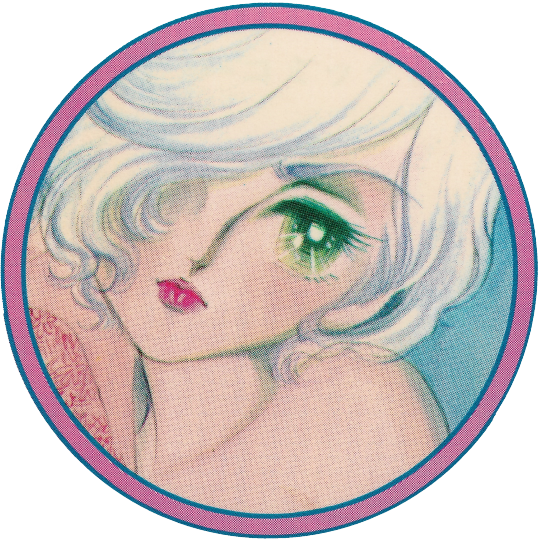
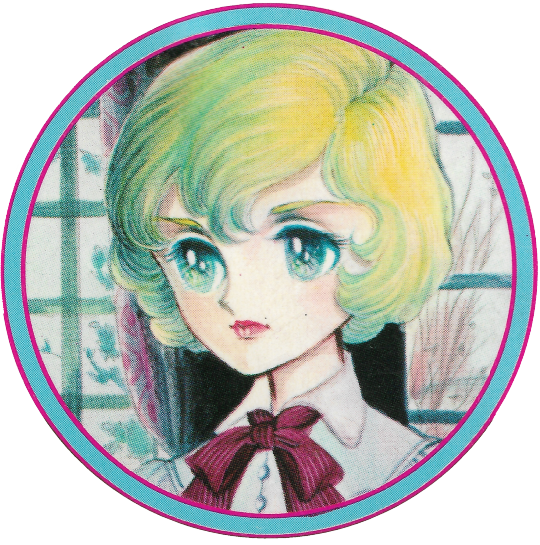
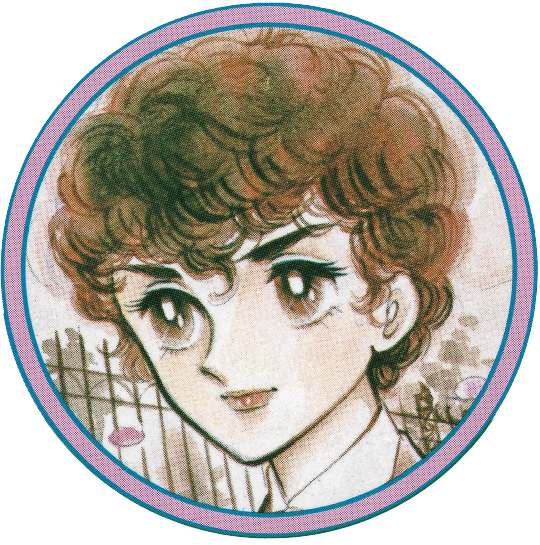
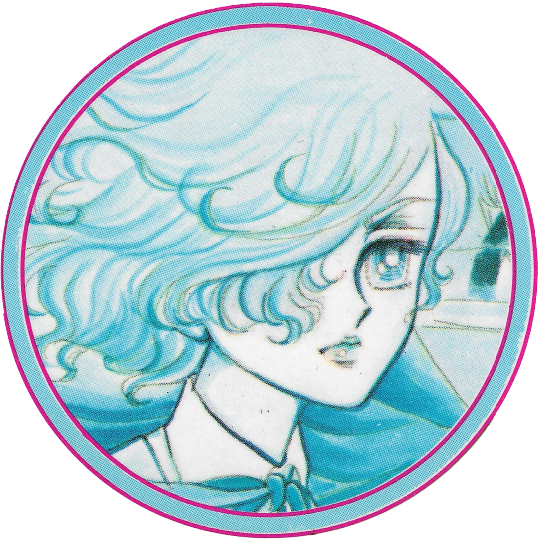

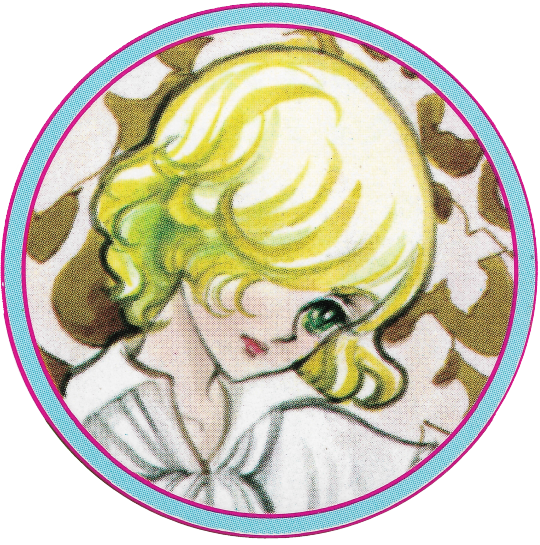


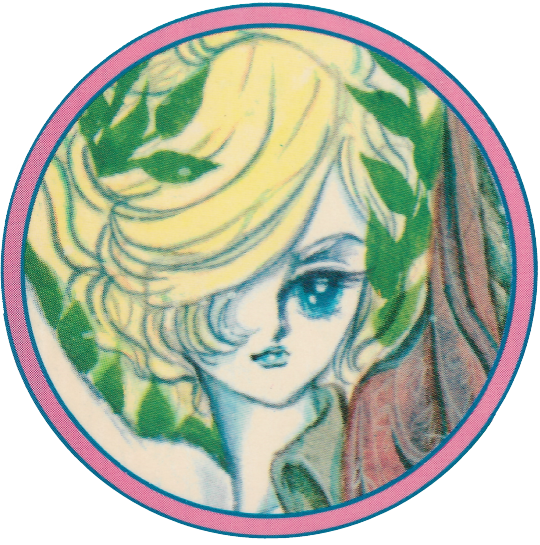
Circles from the back of 風と木の詩 manga scanned by me ⋆୨୧˚ ✧・゚ Volumes: 1 - 10
549 notes
·
View notes
Text

saturday night in paris
141 notes
·
View notes
Text


they've never done anything wrong
63 notes
·
View notes
Text
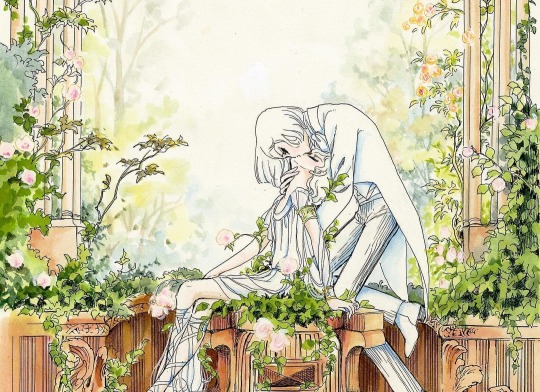
風と木の詩 「Kiss」 by 竹宮惠子, pen work with watercolors.
#kaze to ki no uta#kazeki#風と木の詩#the poem of the wind and the trees#竹宮惠子#keiko takemiya#vintage shoujo#gilbert cocteau
113 notes
·
View notes
Text






The new artbook has arrived. There are some rare pictures🥺
Part 1
223 notes
·
View notes
Text

love
140 notes
·
View notes
Text






























Keiko Takemiya - Le Poeme Du Vent et Des Arbres
© 1985 Shogakukan
Self Scanned: 400 dpi
Download ALL 48 Images:
#kaze to ki no uta#the poem of the wind and the trees#風と木の詩#gilbert cocteau#serge battour#yaoi bl#vintage manga#80s manga#keiko takemiya
180 notes
·
View notes
Text
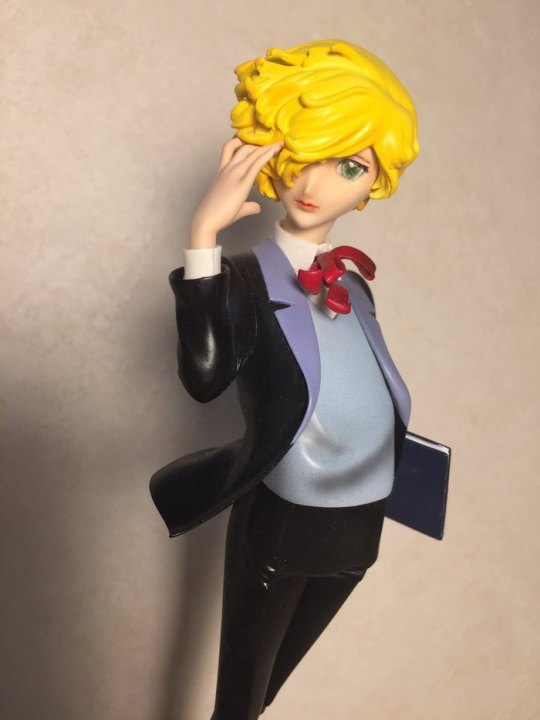
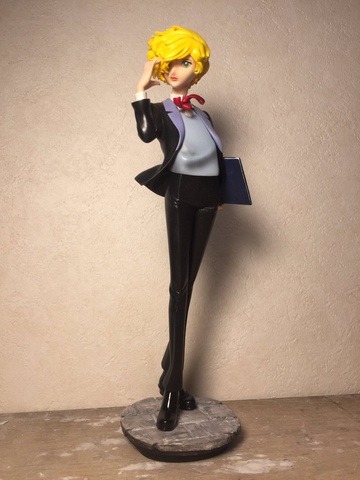
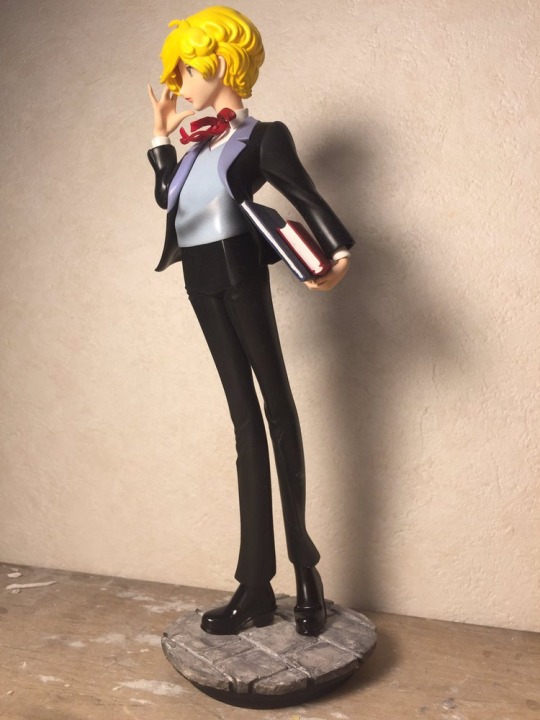
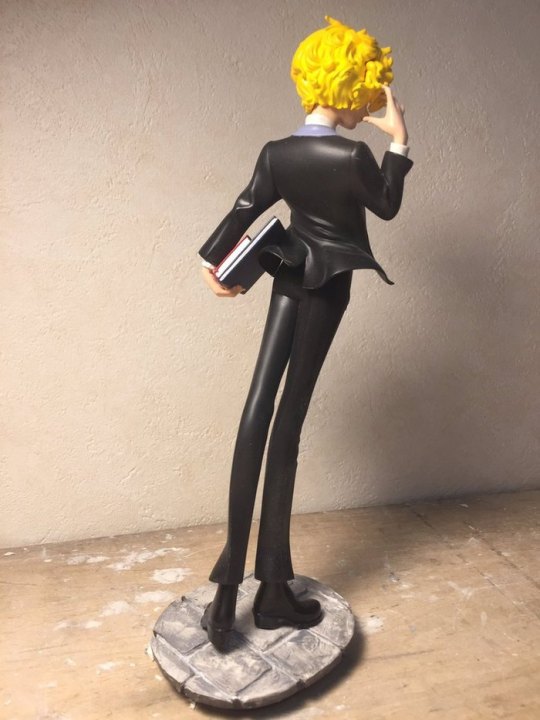
Gilbert Cocteau garage kit by Panopticon
#kaze to ki no uta#kazeki#gilbert cocteau#la balada del viento y los arboles#serge battour#the poem of the wind and the trees#風と木の詩#garage kit#anime figure
135 notes
·
View notes

